Book Extract: How to Read Buddhist Art by Kurt Behrendt
A lavishly illustrated art book from The Met in New York details the development of artistic styles and iconography through the countries of Asia that Buddhism reached.
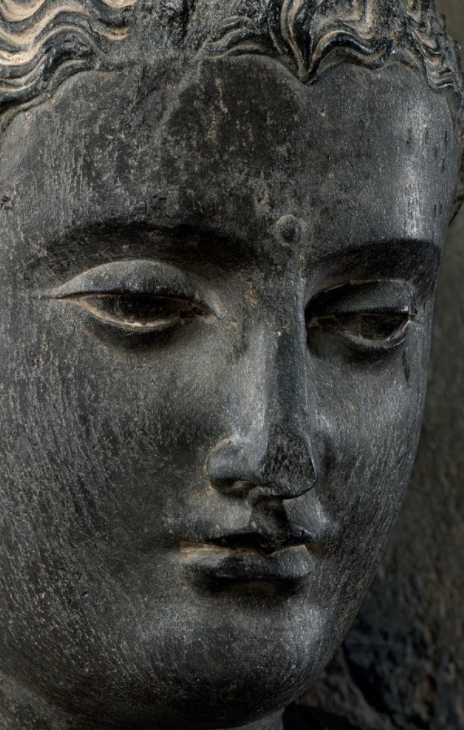
Head of Buddha - Gandhara period
Following the Buddha’s death, his cremated remains (his relics) were the initial focus for the devout as the only physical trace of his enlightened presence. Still, a pinch of ash or a tiny piece of bone has little visual presence; therefore over time the reliquaries that housed the Buddha’s remains became more elaborate, as did the monuments that contained them.
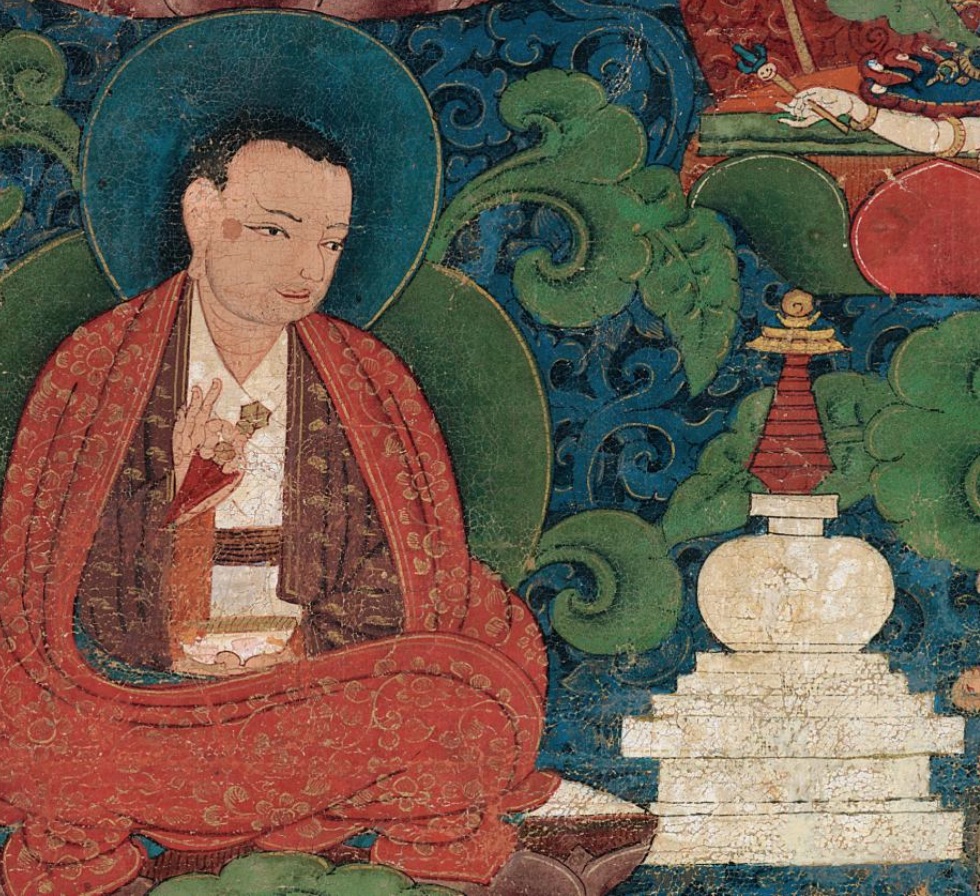
The idea that control of the mind is equated with control of the body (yoga) is important for the Buddhist artistic tradition. To see the Buddha’s perfect body, which was the product of countless meritorious rebirths, was to apprehend his teachings. For this reason the image of the Buddha took on great significance across Asia (see fig. 2), as artists strived to represent a a true and correct likeness to be an expression of the dharma. In terms of artistic representation, very few images of the Buddha succeed in capturing his transcendence, and those images that do are self-evident in their success.
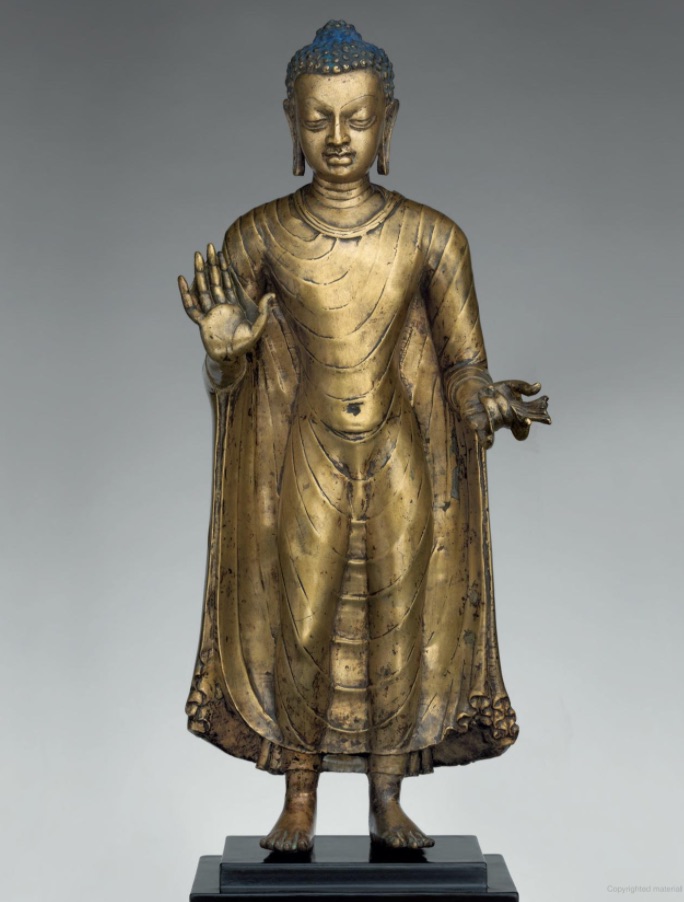
(fig. 2)
In terms of the many Buddhist deities presented in this book, it is important to remember that they fall into a few broad categories. Take, for example, the Buddha. There is the historic Buddha Shakyamuni, who lived in north India. Over time and with the rise of the later Mahayana and Vajrayana schools of Buddhism, other enlightened Buddhas residing in heavens emerged and became important. In terms of images, these Buddhas look similar because they have reached the same enlightened state. In order to identify a specific Buddha, a viewer had to rely on hand gestures, secondary iconography, and the context of built environments. There are also bodhisattvas - beings who have taken a vow to seek enlightenment in this life and in future rebirths.
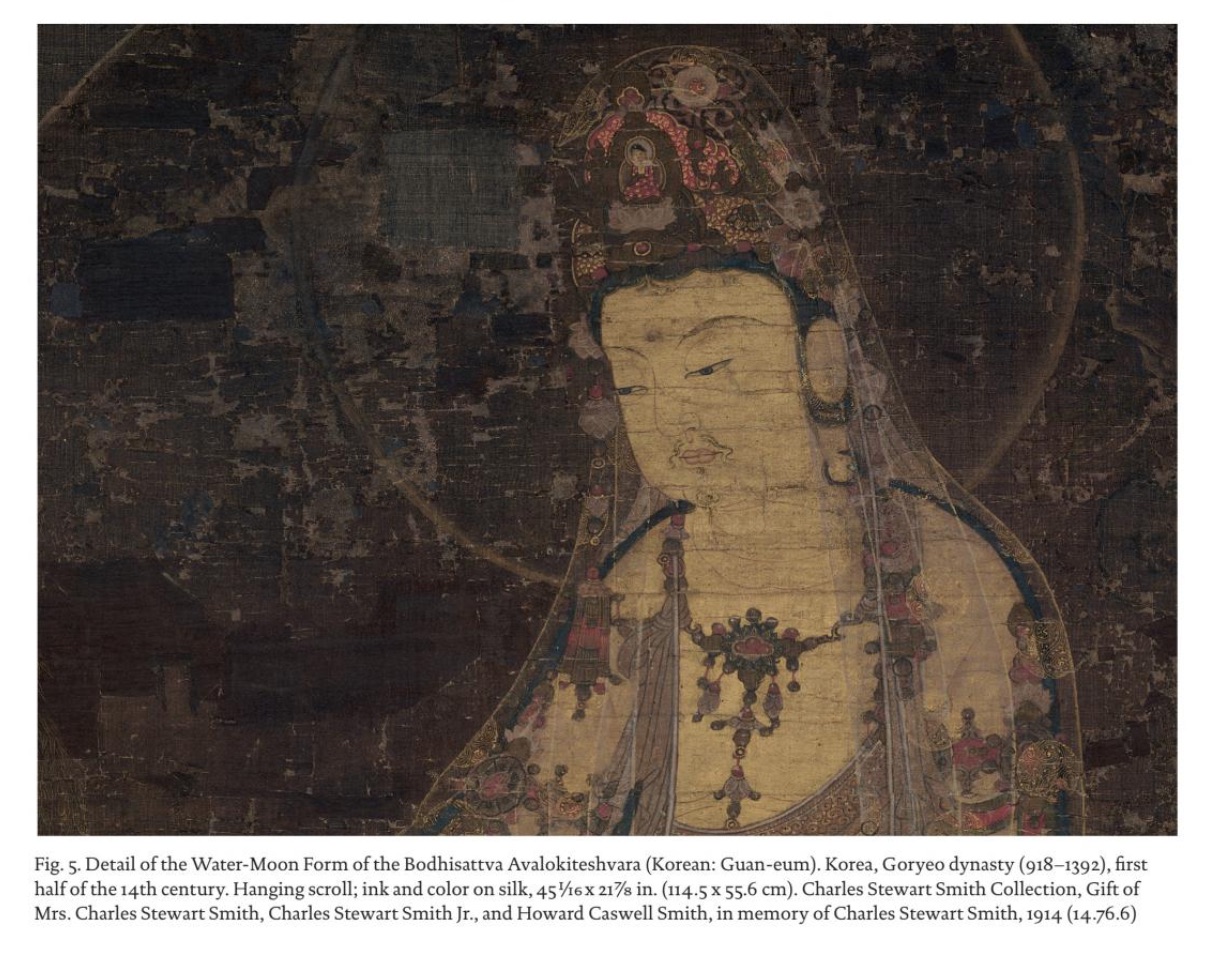
In later schools of Buddhism, the number of named male and female bodhisattvas grows as they begin to personify specific Buddhist concepts, such as compassion and wisdom. Often a single bodhisattva will have many names and manifestations, each with a distinct iconography and a specific function, and this is especially true in the complex ritual traditions of Vajrayana Buddhism.
In the first centuries A.D., when Buddhism branched out of India along trade routes to China, relics were important, but it is not surprising that they were rapidly supplanted by beautiful sculptures, which successfully crossed linguistic and cultural boundaries to inspire and convert new communities.
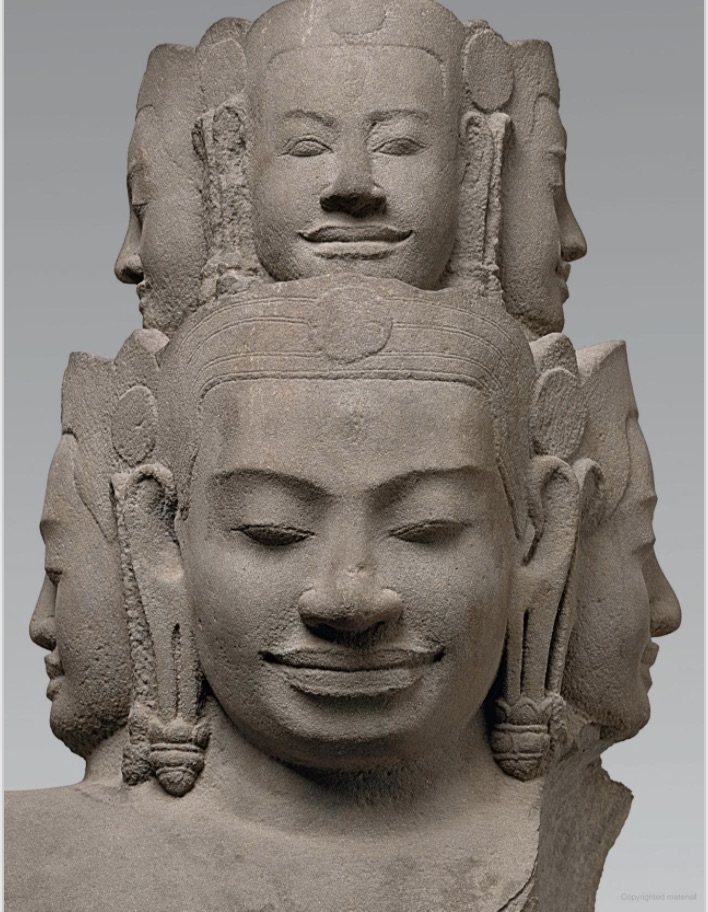
(How to Read Buddhist Art by Kurt Behrendt, pub. The Met. NY, Yale University Press, New Haven & London 2019)
………………………………………………………




